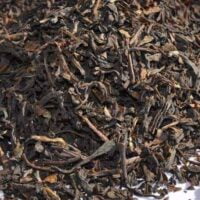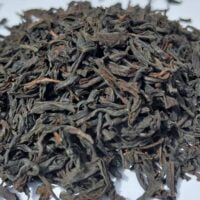Your basket is currently empty!
Nilgiri teas
Loose leaf Nilgiri Teas: from the Blue Mountains of southern India.
Nilgiri tea is grown close to Mysore. Known as ‘the fragrant ones’ they have as much character as Ceylon teas, being fragrant and brisk but with a smoother, rounder, fuller flavour.
They are grown at altitudes of around 4000 ft. Good examples are recognised for their quality, producing a light, bright amber liquor with a certain crispness.
The Nilgiri Hills, or Blue Mountains, are at the southern end of the Western Ghats and form the core of the Nilgiri Biosphere Reserve, famous for wildlife such as wild boar, panthers, roaming herds of elephants and the endangered goat-like Nilgiri Tahr. The area lies in south west India and extend from the states of Kerala to Tamil Nadu. Nilgiri was established as a tea growing area in 1835 and has as its centre the famous hill station of Ootacamund, fondly known as ‘Ooty’.
Situated close to the equator Nilgiri has two monsoons and picking is year-round with the prime season being December to March. The Nilgiri tea has a special fragrant flavour more akin to a Ceylon than to either a Darjeeling or an Assam. Nilgiri is bright, smooth and mellow with a flavoury, bright liquor.
NILGIRI TEA INSIGHT: Mainly black tea. From: the Blue Mountains of southern India. Famous for: Dense jungle, roaming elephant herds. Type of tea: Black orthodox. Can be compared with: Ceylon teas. Leaf: Neatly hand-picked. First grown: 1835 by James Oochterloney. Picking: Year-round as the area, unusually has two monsoons. Prime season is December to March. Character: Fragrant-brisk. In the cup: Smooth, mellow and full-flavoured. See also our Nilgiri Green Tea.
-

Nilgiri BOP tea. Quinshola
£5.97 – £14.34 -

Nilgiri organic tea Thiashola
£6.88 – £16.07 -

Nilgiri Tiger Hill Tea
£6.26 – £14.89 -

Nilgiri First Flush Glenfern STGFOP1 2025
£8.63 – £19.40
If you would like a copy of our FREE guide to tea, click here
